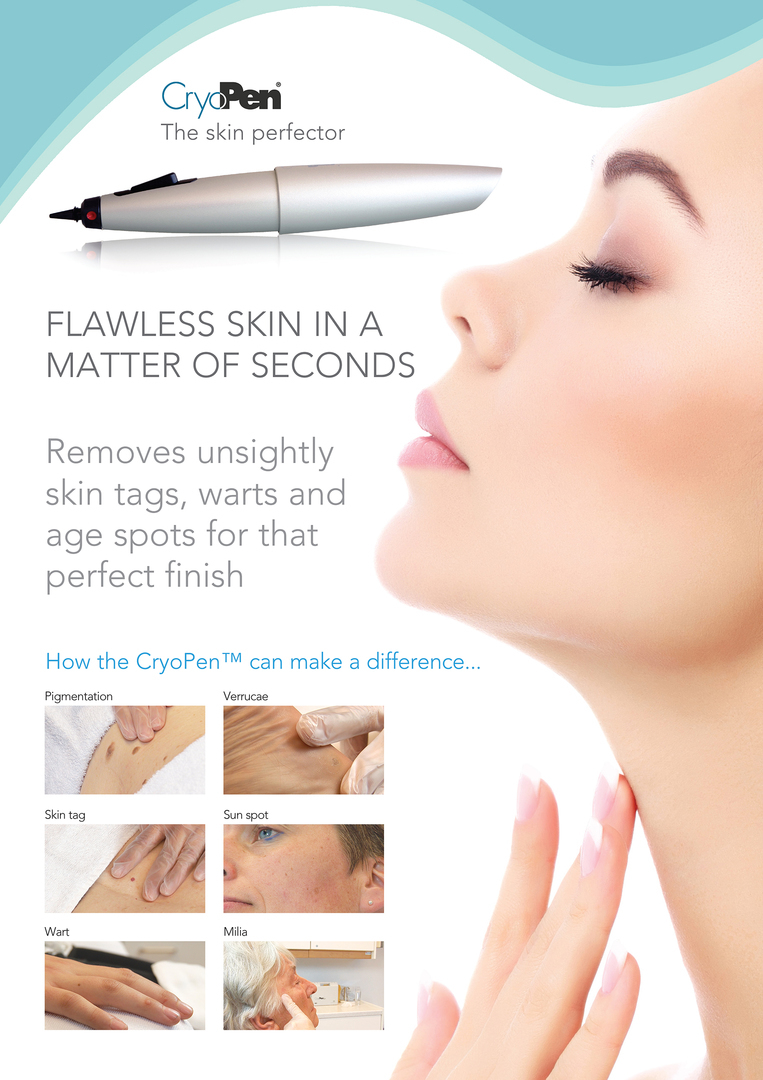September 16, 2024
Article: 5 Indicators You Must Get A Mole Checked By A Medical Professional
Short Article: 5 Signs You Need To Obtain A Mole Examined By A Doctor Ecological elements such as direct exposure to sunlight, and hormonal modifications such as undergoing adolescence or pregnancy can trigger moles to dim or develop. Blemishes are little brown spots normally located on the face, neck, breast, and arms. Freckles are incredibly typical and are not a health threat.
Just How Do I Deal With My Skin Moles?
Malignant or irregular moles are normally larger than the size of a pencil eraser yet can occasionally be smaller sized. While benign moles are usually a single shade of brown, a cancer malignancy may have various shades of brown, tan or black. As it expands, the shades red, white or blue might likewise appear. From their workplaces in Chestnut Hillside, they serve Boston, Brookline, Cambridge, Newton and Wellesley. These soft outpouchings of skin are entirely benign, yet they can certainly be bothersome. Skin tags may happen at any kind of age, and they might be seen extra commonly in the setting of overweight or maternity.
Indications That May Indicate Cancer Malignancy
A lot of normal moles never come to be cancerous; nevertheless, some do, specifically congenital mole. You're more likely to establish skin cancer if you have an abundance of moles (i.e., much more than 40). Those collections of extremely tinted melanocytes (i.e., pigment cells) referred to as moles that a lot of grownups have don't do much when they're normal and benign. Normal moles are either usual nevi (little and distinct) or congenital nevi (present from birth). To establish whether your mole is benign, a medical professional will visually examine it and contrast it to the look of various other benign moles.
Valley Skin Institute's Approach To Mole Evaluation And Treatment
- Complying with is a guide to what you should find out about your moles, what to look out for, and when to contact a skin doctor for more analysis.
- They are rarely found on the scalp, breast, or butts.
- This common mole is 2 millimeters in size (the width of the suggestion of a new pastel).
- If the mole's place or dimension is undesirable, you can talk with your physician regarding having it got rid of for cosmetic reasons, yet insurance policy might not cover the procedure.
As soon as every few months, says Dr. Jih, stand in front of a full-length mirror and inspect the moles on your skin while asking yourself these ABCDEs. The good news is that very early detection of cancer malignancy results in considerable survival advantages. The 10-year survival price for melanoma that is spotted early is 93 percent. If you have a mole that alters, specifically one that meets several of the standards in the ABCDE overview above, see a
https://cryosonic.co.uk/cryopen-treatment-swansea/ medical professional right away. Moles that end up being cancers can all look really various. Some might reveal all of the changes listed above, while others may have only one or more unusual characteristics. Atypical moles, also known as dysplastic mole, are unusual-looking moles that have irregular features under the microscopic lense. Though benign, they are worth more of your attention since individuals with atypical moles go to boosted danger for cancer malignancy, a dangerous skin cancer. Atypical moles, or dysplastic nevi, are larger and have an irregular shape or shade. Examine your skin with a mirror or ask someone to assist you. Pay unique attention to areas of the skin that are commonly revealed to the sun, such as the hands, arms, breast, neck, face, ears, legs, and back. The majority of moles show up in early childhood years and during the very first 25 years of an individual's life. It is normal to have in between 10 and 40 moles by the adult years. A skin tag is a tiny flap of cells that hangs off the skin by an attaching stalk. They are typically found on the neck, breast, back, underarms, under the breasts, or in the groin area.
Is Mole On Your Skin Indicates Skin Cancer Heres What You Need to Be Aware Of - Onlymyhealth
Is Mole On Your Skin Indicates Skin Cancer Heres What You Need to Be Aware Of.
Posted: Mon, 02 Oct 2023 07:00:00 GMT [source]
Melanoma is the most dangerous skin cancer, yet brand-new moles or places might additionally be basal cell or squamous cell cancers. These usually appear in areas that are subjected to the sunlight, such as your face, head, and neck. Larger genetic moles have a greater threat of ending up being malignant in adulthood (4 to 6 percent life time risk). Changes in development, shade, shape, or pain of a birthmark need to be examined by a doctor. Mole shade varies from pink to dark brown or black. They can be anywhere on your body, alone or in teams. They are regularly seen in the summer, particularly among lighter-skinned individuals and people with light or red hair. If you've seen brand-new or unusual moles on skin, it might be time to obtain a skin doctor's expert assessment. Below are five indications that it may be time to head to a medical professional for advice. Early cancer detection is the fastest means to start therapy. An important part of very early detection is routinely checking out unwary moles. " Melanocytes are generally present throughout the body-- when a team of these cells collections, you get a visible development referred to as a mole." If you notice any one of these features, you need to have a skin specialist check out the mole. You need to also have a physician check the mole if it starts to itch, bleed, or comes to be aggravating in any way. However, just because a mole consists of any one of the above characteristics, this does not instantly suggest you have skin cancer.
What are the benign modifications in moles?
